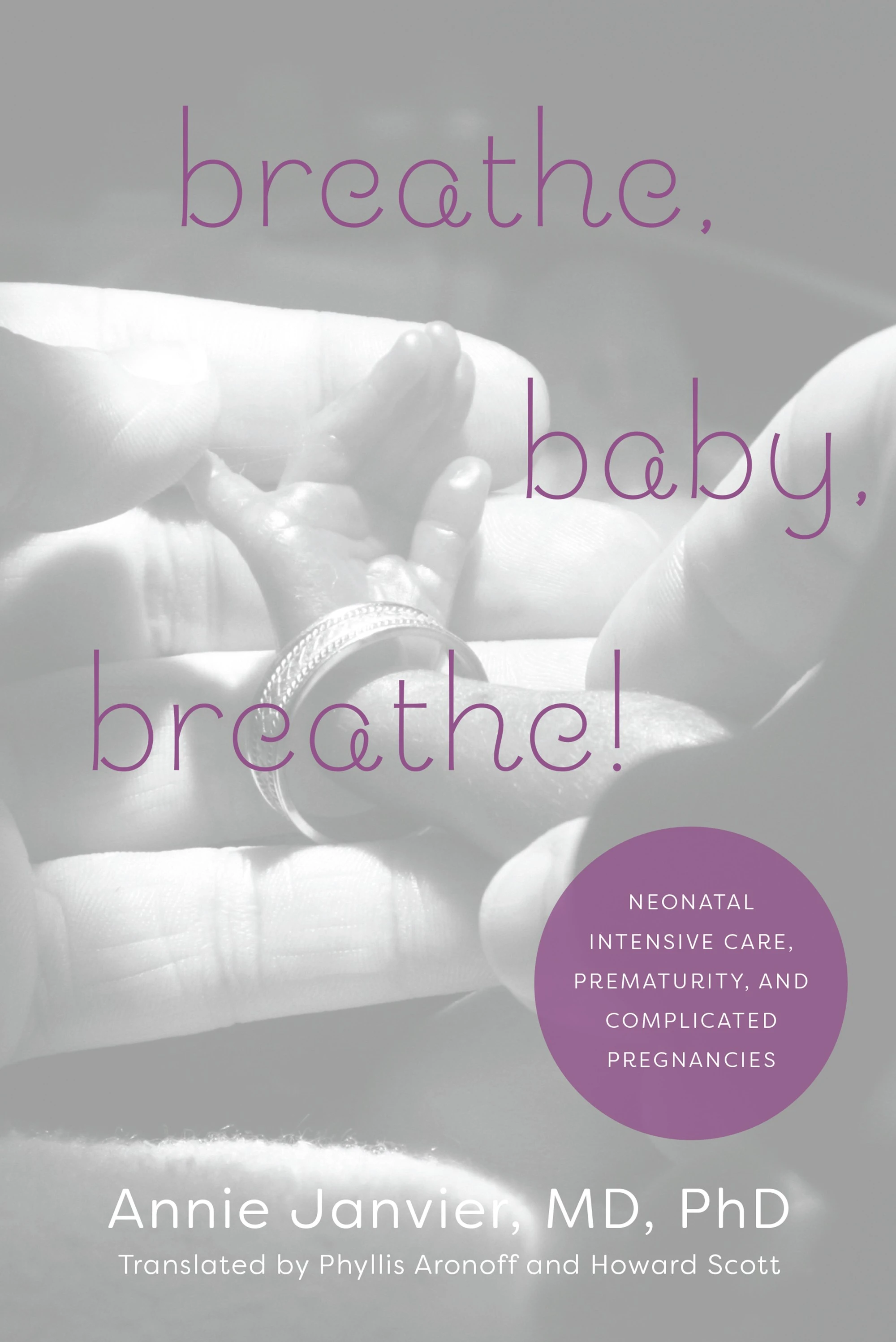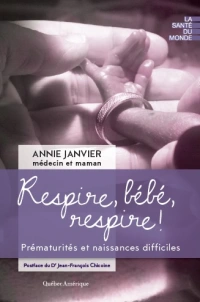Ohls RK, Kamath-Rayne BD, Christensen RD, Wiedmeier SE, Rosenberg A, Fuller J, et al. Cognitive Outcomes of Preterm Infants Randomized to Darbepoetin, Erythropoietin, or Placebo. Pediatrics. 2014. I’ve written about this trial before, a smallish 3 arm trial of erythropoietin, darbepoietin and placebo. About 100 babies 500 to 1250 g birth weight were randomized before 48 h of age. Eighty were followed up at 18 to 22 months, with Bayley 3 evaluations and neurological exams. The Bayley cognitive scores were higher, and the language scores a bit higher , and there were fewer babies with cerebral palsy in the 2 poietin groups compared to placebo.
If you remember from the original publication there were fewer transfusions in the poeitin groups, as you might expect, and fewer donor exposures per patient. Darbepoietin being longer acting, could be given less frequently, so the babies had fewer injections.
This new trial doesn’t show any increase in the risk of retinopathy with either of these therapies, but it is of course quite underpowered for that outcome.
The 3 Cochrane Reviews authored by Arne Ohlsson and Sanjay Aher (Ohlsson A, Aher SM. Early erythropoietin for preventing red blood cell transfusion in preterm and/or low birth weight infants. Cochrane database of systematic reviews (Online). Aher SM, Ohlsson A. Early versus late erythropoietin for preventing red blood cell transfusion in preterm and/or low birth weight infants. Cochrane database of systematic reviews (Online); Aher SM, Ohlsson A. Late erythropoietin for preventing red blood cell transfusion in preterm and/or low birth weight infants. Cochrane database of systematic reviews (Online).) divided the trials into those that started in the first week, and those that started later. They have very recently been updated (in April).
As noted in the discussion of this new trial, the updated Cochrane Review of the early use studies no longer show a statistically significant effect on serious RoP, typical RR 1.37, 95% CI 0.87 to 2.17; I2 = 0%; typical RD 0.03, 95% CI -0.01 to 0.06; I2 = 29%; 7 studies, 801 infants. (the previous version of the review did suggest an increase). But when they put all the trials together (early and late) there was a statistically significant increase.
A post hoc analysis including all studies that reported on ROP stage ≥ 3, regardless of the age of the infant when EPO treatment was started, showed a significantly increased typical RR of 1.48 (95% CI 1.02 to 2.13; P = 0.04; I2 = 0%) and typical RD of 0.03 (95% CI 0.00 to 0.06; P = 0.03; I2 = 50%; 10 studies, 1303 infants) with a number needed to treat to harm (NNTH) of 33 (95% CI 17 to infinity)
This may be unreliable information, not all the studies reported stage 3 RoP, not all the studies were masked, and multiple small studies can sometimes be misleading (the average sample size as you can see is only 130 babies per study). But it is a risk that needs to be fully evaluated.
So the new trial is very interesting for long term outcomes, but it too may be misleading, with only 24 controls it could just be chance that they had a mean Bayley3 cognitive score of 88, and 5 cases of CP. If these effects are real, this has the potential to really improve outcomes of small preterms: a much larger trial is needed.








